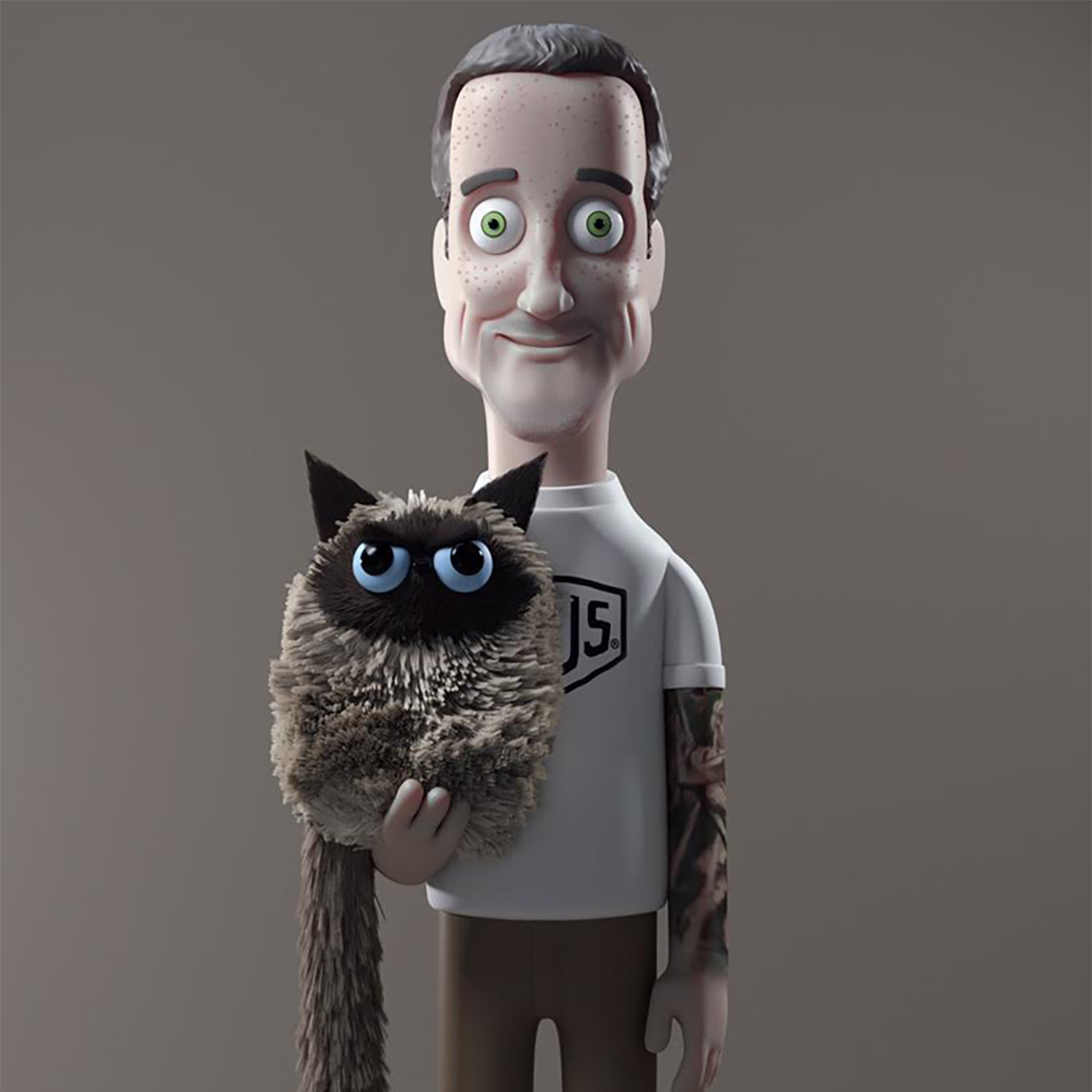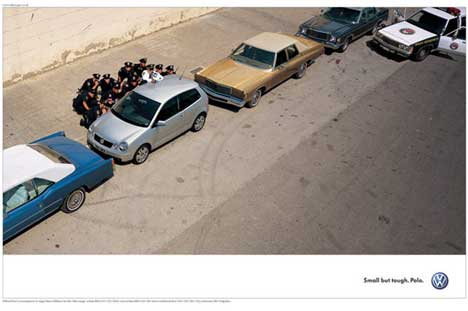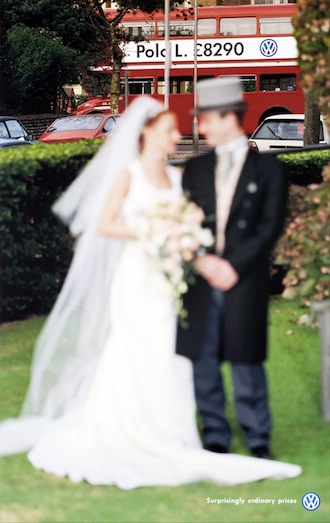Well the first days are the hardest days, don’t you worry anymore. Cause when life looks like Easy Street there is danger at the weekend.
Adult Swim is making stock footage into disturbing films.
Crazy megavalanche:
What if English were phonetically consistent? (Thanks, D):
Climbing the tallest chimney in Europe:
How to imagine the tenth dimension:





